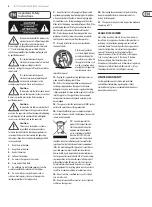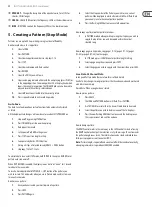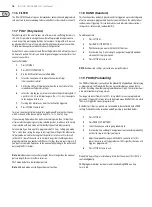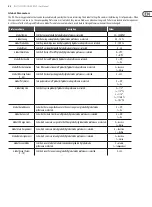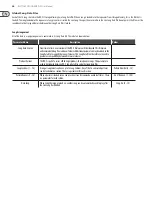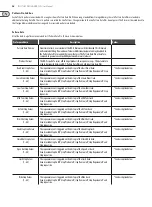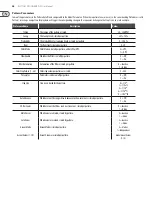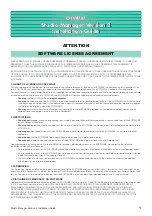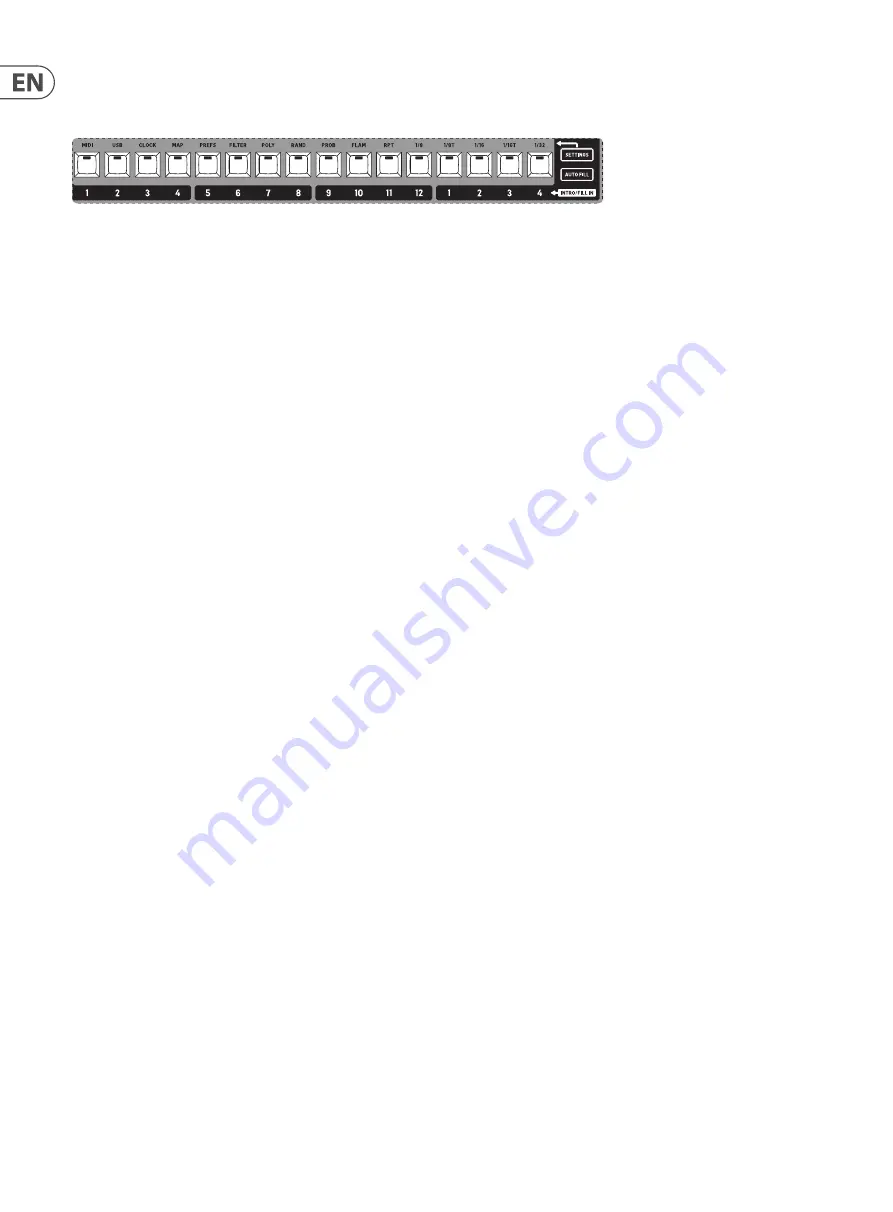
16
RHYTHM DESIGNER RD-9 User Manual
11. Settings
The Settings functions are listed below. All features are accessed by pressing the SETTINGS button and selecting the associated step key.
11.1 MIDI
To enter the MIDI settings page press SETTINGS, select MIDI (STEP BUTTON 1) and
use the TAP/HOLD key to access the various pages described below:
1.
Choose the MIDI channel from 1-16, All or Out (The Output setting
follows the MIDI OUT setting in the next step below) for the incoming
MIDI IN port.
2.
Select the MIDI OUT channel from 1-16.
3.
Turn on FORWARD TO USB to send the MIDI output of the unit to the
USB OUT.
4.
SOFT THRU on/off turns the MIDI OUT jack into a 2nd MIDI THRU port
by sending the data from the MIDI IN to the MIDI OUT port.
5.
DEVICE ID sets the units ID from 1-16. This is helpful when dealing
with multiple units via SysEx.
11.2 11.2 USB
To enter the USB MIDI settings page press SETTINGS, select USB MIDI (STEP
BUTTON 2) and use the TAP/HOLD key to access the various pages described
below:
1.
Choose the USB MIDI channel from 1-16, All or Out (The Output
setting follows the USB MIDI OUT setting in the next step below) for
the incoming USB MIDI IN port.
2.
Select the USB MIDI OUT channel from 1-16.
3.
Turn on FORWARD TO MIDI sends the USB MIDI output of the unit to
the MIDI OUT.
NOTE:
Care should be taken with Forward to MIDI/USB settings when both MIDI
and USB interfaces are connected to the same computer, as there is a possibility
of data loops occurring.
11.3 CLOCK
To enter the CLOCK settings page press SETTINGS, select CLOCK (Step key 3) and
use the TAP/HOLD key to access the various pages described below:
Tempo Preference
Swing Preference
Probability Preference
Flam Preference
Analog Clock Mode
Tempo Preference Options:
1.
Global, where all patterns play at the set tempo, even if a different
tempo is stored within a pattern or song.
2.
Song, where all patterns within in a song will follow the tempo set
within that song, even if a different tempo is stored within a pattern.
3.
Pattern, where all patterns will play at the tempo they have been
saved with and not be affected by global or song tempo changes.
Swing Preference Options:
1.
Global, where all patterns Swing settings, even if a different Swing
setting is stored within a pattern or song.
2.
Song, where all patterns Swing settings will follow the setting a
within that song, even if a different Swing setting is stored within a
pattern.
3.
Pattern, where all patterns will play with the Swing settings they
have been saved with and not be affected by global or song Swing
changes.
Probability Preference Options:
1.
Global, where all the patterns probability settings, even if a different
probability setting is stored within a pattern or song.
2.
Song, where all patterns probability settings will follow the
probability setting within that song, even if a different probability
setting is stored within a pattern.
3.
Pattern, where all patterns will play with the probability settings
they have been saved with and not be affected by global or song
probability changes.
Flam Preference Options:
1.
Song, where all patterns flam settings will follow the flam setting
within that song, even if a different flam setting is stored within a
pattern.
2.
Pattern, where all patterns will play with the flam settings they have
been saved with and not be affected by song flam changes.
Analog Clock Modes
PPQ (Pulses Per Quarter) is the smallest unit of time used for sequencing note
and automation events, both by step sequencers and in the MIDI standard. Most
MIDI sequencers allow the number of PPQ to be varied for more or less temporal
resolution depending on the needs of the performer. The default is 24 PPQ, as
this is the most commonly used setting.
Summary of Contents for RD-9
Page 38: ...We Hear You ...


